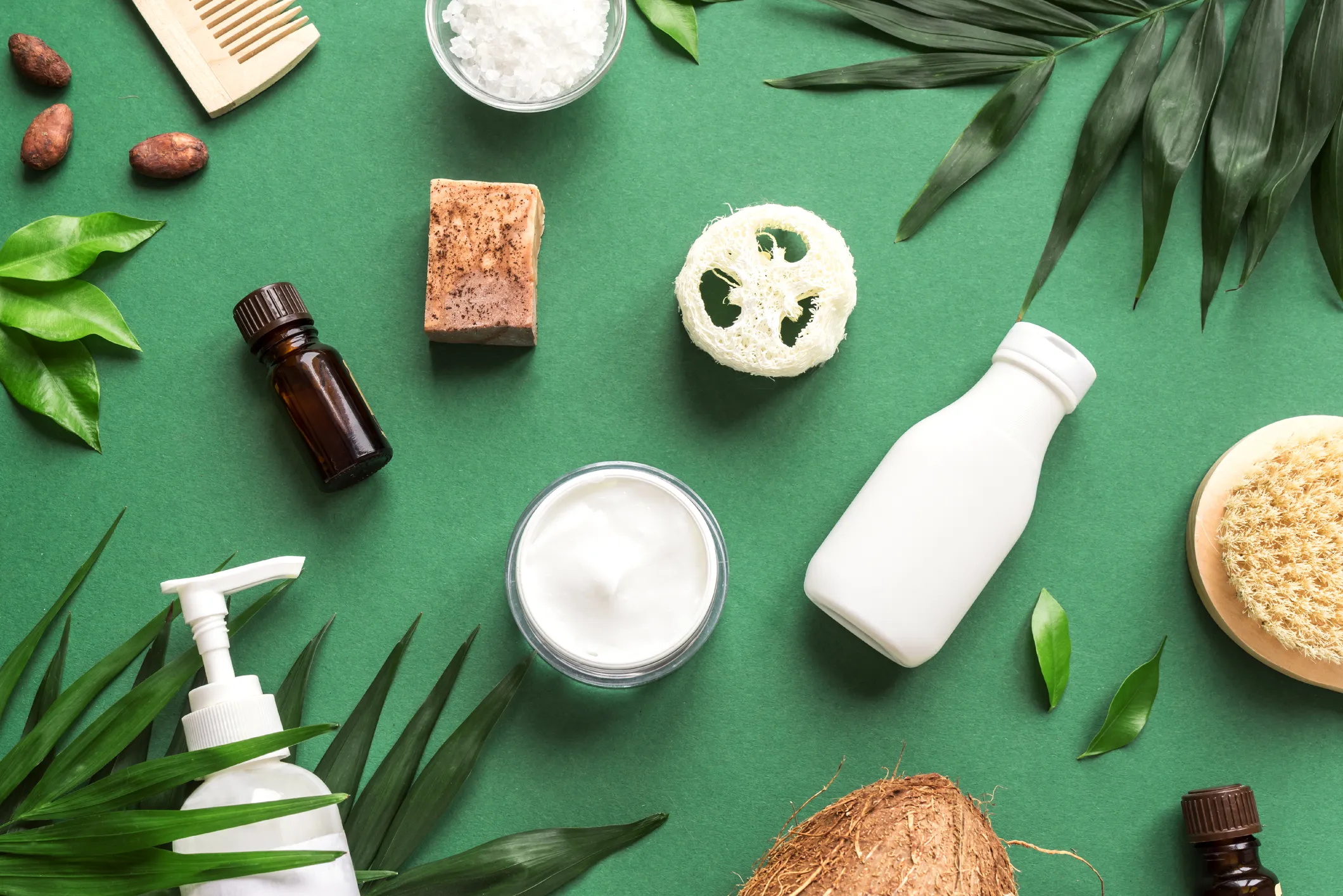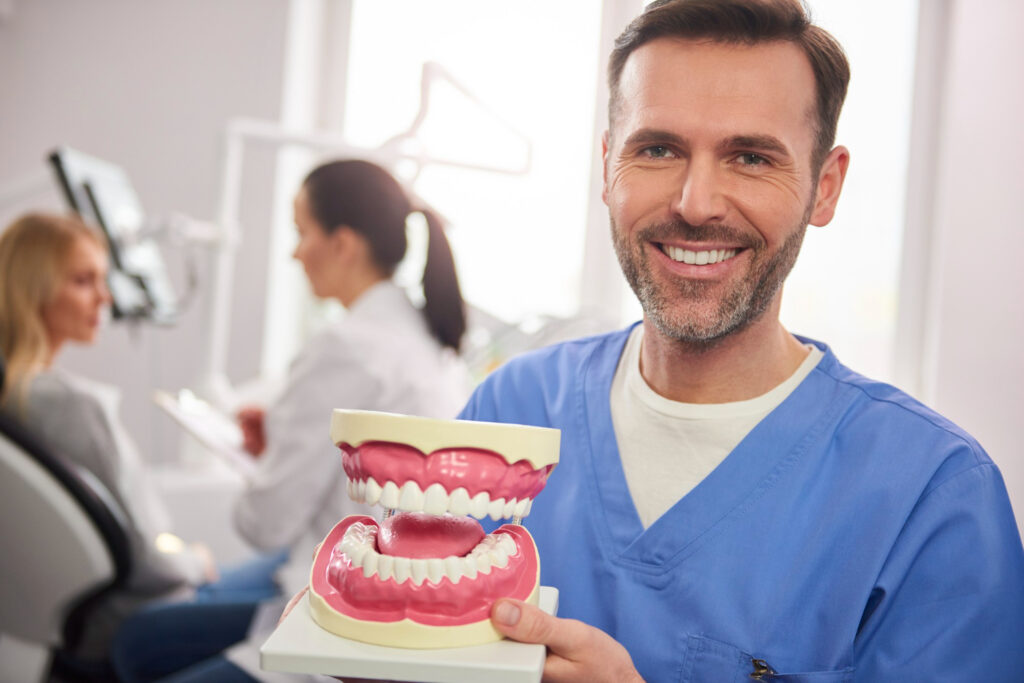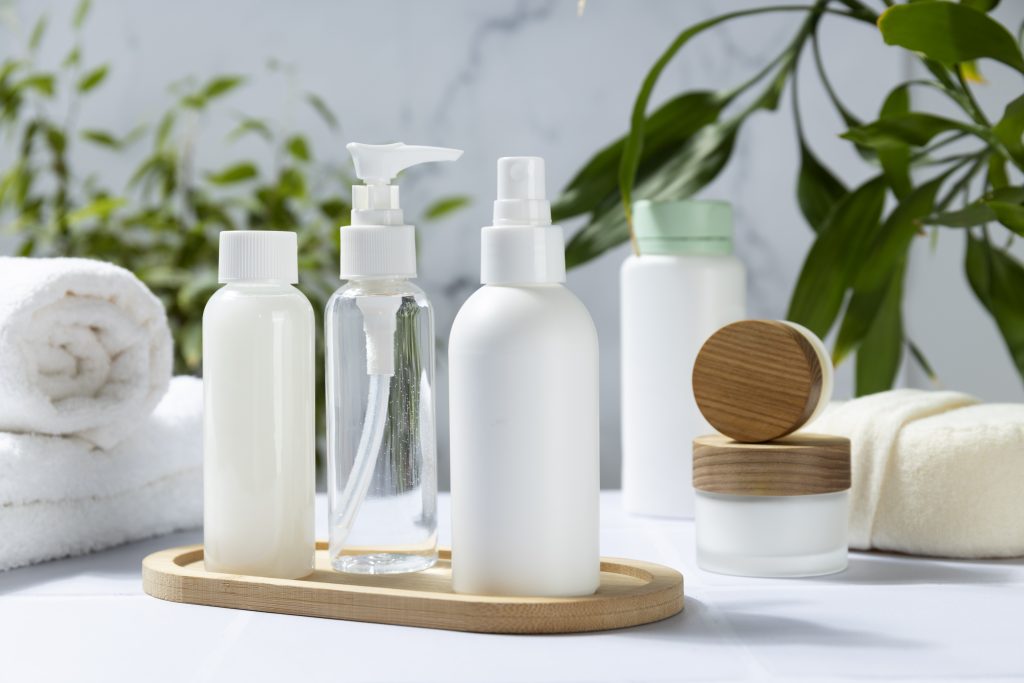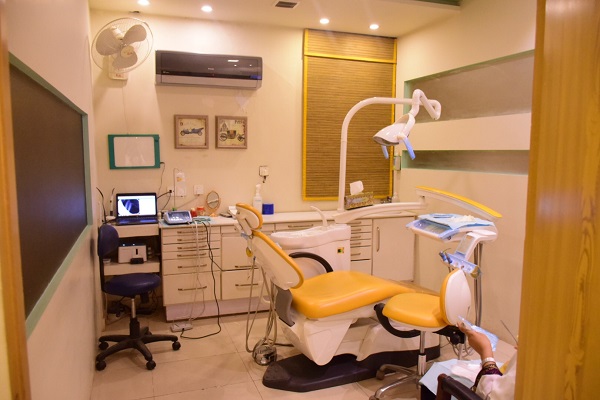Keep Your Hair Healthy: Stop Damage in Its Tracks!

Healthy, radiant hair doesn’t happen by accident—it’s the result of consistent care, protection, and the right products. Many people only start worrying about hair damage once it’s already visible, but prevention is always better than repair. Split ends, breakage, dullness, and dryness can all be avoided if you understand how to protect your hair from the start. In this article, we’ll dive deep into the causes of hair damage and the most effective ways to stop it before it begins, while also highlighting how choosing the right hair care supplier can make all the difference.
Understanding Hair Damage
Hair damage occurs when the protective outer layer of your hair, known as the cuticle, becomes weakened or stripped away. When this layer is compromised, your hair loses moisture and strength, leading to dryness, frizz, tangles, and breakage. The damage can be caused by several factors such as excessive heat styling, chemical treatments, harsh brushing, environmental stress, and even poor nutrition. Understanding what causes the problem is the first step in preventing it.
The Role of Proper Hair Care
The key to preventing hair damage is developing a consistent and gentle hair care routine. You don’t need dozens of expensive products; you just need the right approach and high-quality items from a reliable hair care supplier. Here are the essential practices to include in your routine:
Gentle Cleansing
Washing your hair too often or using harsh shampoos can strip your scalp of its natural oils. These oils are essential for keeping your hair moisturized and protected. Choose a sulfate-free shampoo that matches your hair type—whether it’s oily, dry, or normal. Always rinse with lukewarm water, as hot water can weaken the hair shaft and cause frizz.
Nourishing Conditioning
Conditioner replenishes moisture and adds a protective layer to your hair. Apply conditioner from the mid-lengths to the ends, where hair tends to be drier. Leave it in for a few minutes before rinsing to allow the nutrients to penetrate deeply. Using a leave-in conditioner or hair serum can add extra protection against humidity, heat, and pollution.
Regular Trimming
Split ends are one of the first signs of damage. Once they appear, they can travel up the hair shaft, causing more breakage. To stop this cycle, trim your hair every six to eight weeks. It’s a simple but effective way to keep your hair looking and feeling healthy.
Protecting Hair from Heat Damage
Heat styling tools like straighteners, curling irons, and blow dryers can make your hair look great temporarily but wreak havoc in the long run. The high temperatures can weaken your hair’s protein structure, leading to brittleness and split ends.
Before styling, always use a heat protectant spray or serum. These products act as a shield, reducing the amount of damage caused by heat exposure. If possible, lower the temperature setting on your tools and limit your heat styling to a few times per week. You can also experiment with heat-free styling methods, such as braiding your hair overnight for natural waves or using rollers for gentle curls.
Avoiding Chemical Overload
Coloring, perming, and relaxing treatments can be exciting ways to change your look, but they also alter your hair’s natural structure. These chemical processes break down bonds within your hair, making it more fragile. If you love experimenting with hair color, opt for ammonia-free or semi-permanent dyes, and space out your treatments. Always follow up with deep conditioning masks to restore moisture and elasticity.
If you visit salons frequently, ensure they source their products from a trusted hair care supplier known for quality and safety. Professional-grade products often contain nourishing ingredients that help minimize chemical stress.
The Importance of Nutrition and Hydration
Hair health starts from within. A balanced diet rich in vitamins and minerals supports strong, vibrant hair. Include foods that are high in protein, iron, zinc, and vitamins A, C, and E. Biotin and omega-3 fatty acids are also crucial for hair growth and shine.
Staying hydrated is equally important. Water keeps your hair hydrated from the inside out, preventing dryness and brittleness. Try to drink at least eight glasses of water a day and limit caffeine and alcohol intake, as they can dehydrate your hair and scalp.
Choosing the Right Hair Products
One of the biggest mistakes people make is using products that aren’t suited for their hair type. Everyone’s hair is different, and what works for one person may not work for another. If you have curly hair, look for moisturizing and anti-frizz formulas. For fine hair, choose lightweight, volumizing products. For color-treated hair, prioritize color-safe and sulfate-free shampoos and conditioners.
A reputable hair care supplier will offer a wide variety of professional-grade products tailored to specific needs. They often provide expert advice to help you choose what’s best for your hair type and goals. Investing in high-quality products may cost more upfront, but it prevents long-term damage and saves you money on future repairs.
Environmental Protection
The environment can be harsh on your hair. Sun exposure, pollution, saltwater, and chlorine can strip away moisture and damage your hair cuticles. Protect your hair just like you protect your skin. Wear a hat or scarf when spending long hours in the sun. Use a UV-protection hair spray to shield against harmful rays.
After swimming in pools or the ocean, rinse your hair immediately to remove chlorine and salt. Follow up with a hydrating mask to restore moisture balance. Regular use of protective oils like argan or coconut oil can also help create a barrier against environmental stress.
Building a Healthy Hair Routine
Consistency is key to maintaining healthy hair. Develop a routine that works for your lifestyle and stick to it. This includes washing, conditioning, and deep treating your hair on a regular schedule. Avoid over-washing, as it can dry out your scalp, but don’t neglect cleansing either, as buildup can cause dullness.
Also, be mindful of how you handle your hair daily. Use a wide-tooth comb to detangle gently, starting from the ends and working your way up. Avoid tight hairstyles that pull on your roots, as this can lead to traction alopecia over time. Sleep on a silk or satin pillowcase to reduce friction and prevent breakage.
How a Trusted Hair Care Supplier Can Help
Partnering with a reputable hair care supplier ensures that you have access to safe, effective, and innovative hair products. A good supplier sources from trusted brands, offers expert advice, and stays updated with the latest in hair science and technology. Whether you’re a salon professional or an individual looking to elevate your routine, a reliable supplier can guide you toward products that truly protect your hair from damage.
They can also introduce you to nourishing treatments, repair masks, and professional-grade tools that prevent issues before they arise. Investing in such products not only enhances the health of your hair but also boosts your confidence and long-term results.
Conclusion
Preventing hair damage before it starts is all about awareness, consistency, and choosing the right products. By understanding what causes damage, adopting a gentle hair care routine, protecting against heat and chemicals, nourishing your body, and partnering with a trusted hair care supplier, you can maintain strong, shiny, and healthy hair for years to come. Remember, beautiful hair isn’t just about how it looks—it’s about how well you care for it from the very beginning.





